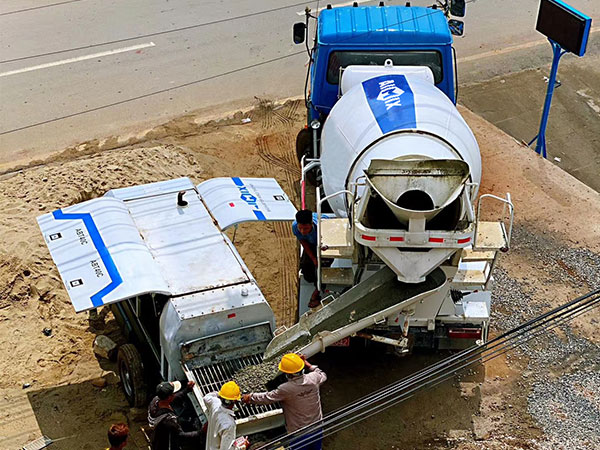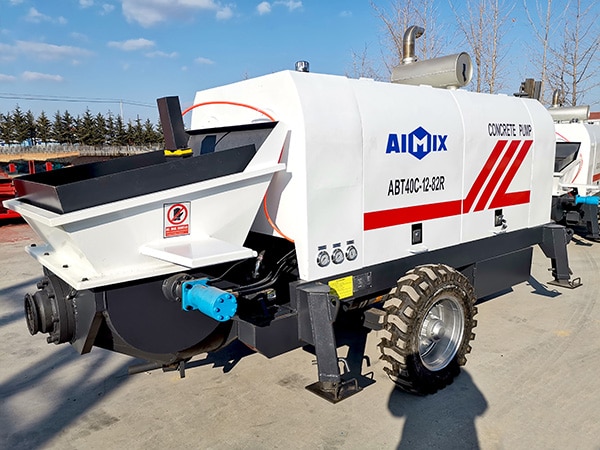If you’re looking for an efficient way to move concrete from one place to another, a stationary concrete pump might be just what you need. Stationary pumps are ideal for construction projects where a lot of concrete needs to be produced and moved on-site, such as bridges or high-rise buildings.
Here’s everything you need to know about stationary concrete pumps, including how they work and how much they cost.
What Is a Stationary Concrete Pump?
A stationary concrete pump is a piece of construction equipment that is used to move concrete from one place to another. The stationary pumpcrete is mounted on a frame and has a long hose that can reach up to 150 feet. The pump uses hydraulic pressure to push the concrete through the hose and can pump up to 150 cubic yards per hour.

Types of Stationary Concrete Pumps
There are two main types of stationary concrete pumps: trailer-mounted and truck-mounted.
Trailer-mounted concrete pumps are the most common type of pump. They are easier to move around a construction site and can be used with a variety of concrete mixes.
Truck-mounted concrete pumps are larger and more powerful than trailer-mounted pumps. They are typically used for large construction projects, such as bridges or high-rise buildings.
How Do Stationary Concrete Pumps Work?
Stationary concrete pumps are powered by a diesel engine or an electric motor. The line concrete pump has a cylinder that sucks in the concrete and a piston that pushes it out. The concrete is pumped through the hose under high pressure and can be directed to any location on the construction site.
The pump operator controls the flow of concrete by operating valves that open and close. The operator also controls the direction of the hose, so the concrete can be placed exactly where it is needed.

How Much Does a Stationary Concrete Pump Cost?
Stationary concrete pumps can cost anywhere from $25,000 to $100,000. The price will depend on the size and capacity of the pump, which can vary immensely based on model, design, brand, and other factors.
Stationary Concrete Pump Benefits
There are many benefits to using a stationary concrete pump, including:
1. Efficiency: Stationary concrete pumps are much faster and more efficient than traditional methods of concrete placement, such as wheelbarrows or buckets.
2. Safety: Stationary concrete pumps eliminate the need for workers to lift and carry heavy loads of concrete, which reduces the risk of injuries.
3. Cost-effective: The cost of a stationary trailer concrete pump for sale is often offset by the savings in labor costs.
4. Quality: The high-pressure pumping action of a stationary concrete pump creates a smoother, more consistent concrete surface.
What Are the Disadvantages of Using a Stationary Concrete Pump?
There are a few disadvantages to using a stationary concrete pump, including:
1. Access: The pump needs to be close to the concrete source, so it may not be suitable for all construction projects.
2. Size: Stationary concrete pumps are large and heavy, so they can be difficult to move around a construction site.
3. Cost: Stationary concrete pumps are more expensive than traditional methods of concrete placement.
4. Damage: If the concrete pump is not used properly, it can damage the hose or pump.
Stationary concrete pumps are an important piece of construction equipment and a crucial part of many work sites. Learn more information here: https://aimixgroup.ph/.